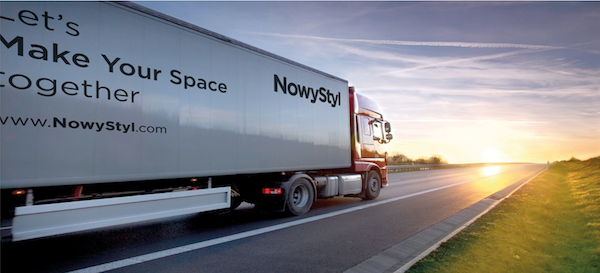Good news! SMBs are starting to understand what digital transformation means. From only a third 2 or 3 years ago to almost 60% today small and medium-sized businesses are seeing everyday just how much digital technology is changing the nature of business.
But the problem remains that only about a quarter of them are executing and only 20% or fewer have a strategy to do so in the future.
The SMBs that get it now have much higher revenue expectations but those still waiting on the sidelines are being outperformed. So what are the issues preventing them from getting started?

What are the barriers to tech adoption?
Integration
Many businesses already have systems in place and to move forward they have to figure out how to integrate what they have with where they need to go.
Rip and replace is only an option for some.
For example, even if you focus on one area, like customer service, your solution may have to integrate with another system that you’re not ready to replace.
Too much choice?
The next challenge is working out what you need. According to SMB group tech expert Laurie McCabe, so many vendors are focused on going after small and medium businesses these days that they have become the belle of the ball.
“Big tech vendors are targeting SMBs, and so there are tons of solutions out there and figuring out which one is going to fit my business is very hard.”
Not enough of everything
It is an age-old problem, but SMBs, in particular, can be spread very thin. Lack of IT skills, lack of time and lack of money are the main reasons companies hold back from investing in new technology.
Not enough support
Not only are SMBs challenged by a lack of IT resources but there’s not always the depth of knowledge both on the IT and the business side.
It’s a big ask to expect business owners to have a deep knowledge of business process technology. It’s easier to identify where things are not operating smoothly or where tasks simply take too long.
Solution partners and vendors need to step in to provide good quality educational material and face to face support.
This kind of help will, in LaurIe McCabe’s words “make the On-Ramp more accessible to SMBs.”
Finding a trusted partner
Trust is a valuable commodity in digital transformation. The customer needs to find someone they are comfortable with – someone who makes the information clear and accessible, including pricing and timeline.
Making progress?
We have to be aware that digital transformation is a buzzword. If the surveys say that 57% get it, then 43% don’t.
There’s a huge leap from understanding something conceptually to knowing how to apply it and this might explain why the numbers around adoption are so low.
For many companies, full-scale digital transformation is not where they’re at. It might make more strategic sense to start by taking the friction out of the system – reducing the number of steps it takes to make a process happen – automating where possible and making things efficient. Full-scale changes in business models, offering your product as a service and other digital transformation goals might be part 2 but the sound advice says get part 1 underway first.







